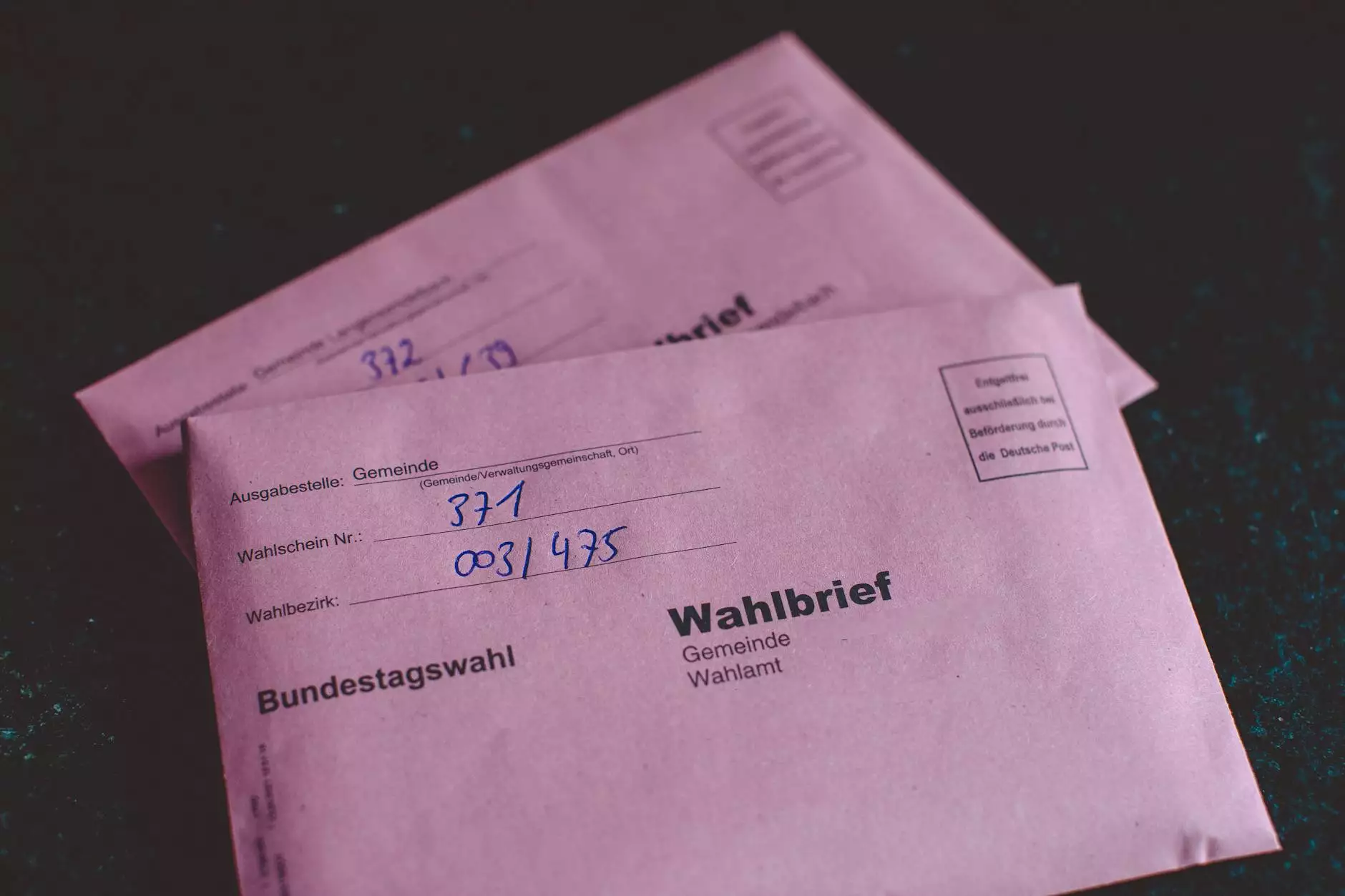Buying Pure Gold: A Comprehensive Guide to Investing in Precious Metals

The allure of buying pure gold has been a constant throughout human history. As a timeless asset, gold represents more than just currency; it embodies wealth, security, and a hedge against economic turbulence. In this extensive guide, we will explore why investing in pure gold is a smart financial move, how to navigate the market, and consider options available for investing in other precious metals like silver, platinum, and palladium.
Why Invest in Gold?
Investing in pure gold can yield numerous benefits. Here are some compelling reasons to consider:
- Inflation Hedge: Gold has historically maintained its value during inflationary periods, making it a smart choice for preserving purchasing power.
- The Safety of Tangibility: Unlike stocks and bonds, gold is a physical asset you can hold, which can provide peace of mind in unstable economic climates.
- Global Acceptance: Gold is universally accepted, providing liquidity that few other assets can match.
- Diversification: Including gold in your investment portfolio can enhance diversification, reducing overall risk.
Understanding Pure Gold
When discussing buying pure gold, it's essential to understand what 'pure' means. Pure gold, often referred to as 24 karats (K), is gold that has not mixed with any other metals. Here are some aspects to grasp:
The Purity Scale
The purity of gold is measured in karats, with 24K gold being 99.9% pure. Other common purities include:
- 22K Gold: 91.67% pure, often used in jewelry.
- 18K Gold: 75% pure, a popular choice for fine jewelry.
For investment purposes, however, 24K gold is the preferred choice, especially in bullion form.
How to Buy Pure Gold
Buying pure gold may seem daunting, but it can be a straightforward process with the right approach. Let’s break it down:
Determine Your Investment Strategy
Before you make any purchases, consider your reasons for buying gold. Are you looking for long-term investment or simply want to diversify? Identifying your goals will help streamline your purchasing decisions.
Choose the Right Form of Gold
There are various forms of pure gold available to buyers, including:
- Gold Bullion Bars: These are large, flat rectangular bars of gold, typically valued based on the current market price.
- Gold Coins: Coins like the American Eagle or Canadian Maple Leaf are popular choices for investors. They often have a numismatic value that can add to their overall worth.
- Gold Jewelry: While not a pure investment vehicle, high-karat jewelry can still serve as a method of investing in gold.
Find Reputable Dealers
Once you've decided on the gold form, it's crucial to choose a reliable dealer. Here are tips for selecting the best:
- Check for certifications: Ensure the dealer is accredited, preferably a member of the Professional Coin Grading Service (PCGS) or the American Numismatic Association (ANA).
- Read reviews: Look for feedback from previous customers regarding their experiences.
- Compare prices: Shop around. Different dealers might offer varied prices and deal structures.
Understand Pricing and Spot Price
The price of gold fluctuates based on the market, known as the "spot price." When buying pure gold, consider:
- Understanding premiums: The price you pay may exceed the spot price due to dealer premiums, which go towards operating costs and profit.
- Watching the markets: Stay informed about global economic indicators that influence gold prices.
Storage and Security of Your Gold
Once you’ve acquired your pure gold, consider how you’ll store it. Options include:
- Safe Deposit Boxes: Banks offer secure lockboxes that can safeguard your gold.
- Home Safes: Investing in a high-quality safe can provide easy access while ensuring protection.
- Third-Party Storage: Some companies specialize in holding precious metals, providing additional security and insurance.
Other Precious Metals: Silver, Platinum, and Palladium
While buying pure gold is a primary focus for many investors, other metals also hold significant value:
Silver
Silver is more affordable than gold and is often considered a gateway investment for those starting in precious metals. Its demand spans both industrial and investment markets.
Platinum
Known for its rarity, platinum is often sought after in the automotive and jewelry industries. It typically trades at a higher price than gold due to its scarcity and industrial demand.
Palladium
Palladium has recently risen in prominence due to its use in catalytic converters for vehicles. Its investment value is also driven by its limited availability and industrial applications.
Pitfalls to Avoid While Buying Gold
While the process of buying pure gold can be fruitful, there are common pitfalls to be aware of:
- Overpaying: Always comparison shop and research to avoid paying premiums that are too high.
- Freezing the Assets: Understand the liquidity of your investments; some forms of gold might be harder to resell.
- Scams and Frauds: Educate yourself on common scams in the gold market, such as counterfeit coins or unregulated dealers.
Conclusion: The Golden Future Awaits
Investing in gold is a journey that can provide solid returns and security. As you embark on this route of buying pure gold, remember the importance of informed decisions, from selecting the right type of gold to finding reputable dealers. Additionally, don't overlook the potential of diversifying into other precious metals like silver, platinum, and palladium.
As a prospective investor, your landscape is rich with opportunities—embrace them wisely and let your investments shine as brightly as the gold itself.









